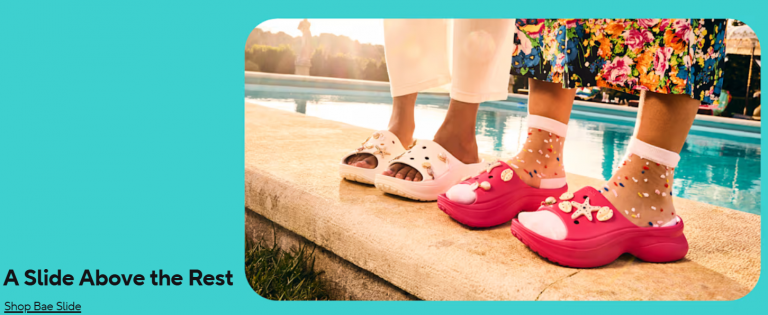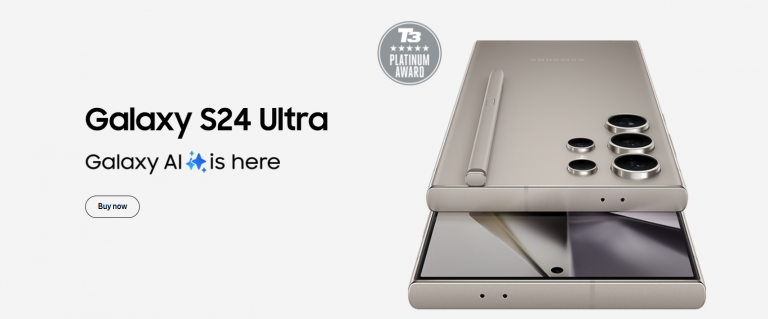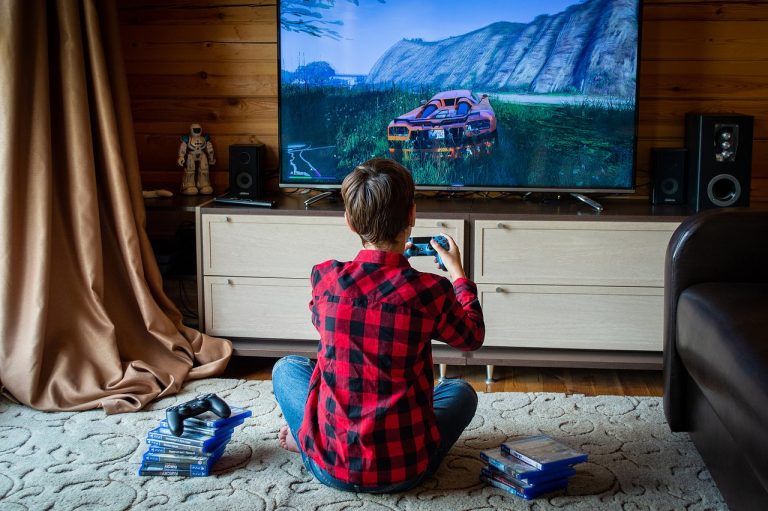The smartphone, a ubiquitous companion in our daily lives, has evolved beyond its utilitarian origins. In the contemporary tech landscape, the design of smartphones plays a pivotal role, influencing not only the aesthetic appeal but also the overall user experience. This article delves into the intricate world of smartphone design, exploring the symbiotic relationship between aesthetics and ergonomics.
Evolution of Smartphone Design
Smartphones have come a long way from their clunky beginnings. The shift from physical keyboards to sleek touchscreen interfaces marked a paradigm shift in design. Apple’s iconic iPhone, introduced in 2007, set new standards and ushered in a design-centric era for smartphones.
Aesthetics in Smartphone Design
The visual allure of smartphones is undeniable. Aesthetics go beyond mere beauty; they encompass the harmonious integration of form and function. Materials, finishes, and the incorporation of brand elements contribute to the overall visual appeal.
Ergonomics and User Experience
Design isn’t just about looks; it profoundly influences how we interact with our devices. Ergonomics, the study of human factors in design, ensures that smartphones are not only visually pleasing but also comfortable to use. Considerations for one-handed usability and strategic button placements are integral.
Functional Design Elements
Key functional elements, such as bezels, screen-to-body ratio, and the placement of ports and speakers, significantly impact the user experience. The integration of biometric features, like fingerprint sensors and facial recognition, adds another layer of functionality.

Trends in Modern Smartphone Design
The ever-evolving landscape of smartphone design sees trends come and go. From the notch and bezel-less designs to pop-up cameras and under-display sensors, manufacturers constantly innovate to create devices that are both sleek and technologically advanced.
Innovations in Materials and Construction
The choice of materials, from glass and metal to advanced polymers, affects the durability, aesthetics, and premium feel of smartphones. Water and dust resistance have become standard features, contributing to the overall robustness of modern devices.
Brand Differentiation through Design
In a crowded market, distinct design signatures become a crucial differentiator. Major smartphone brands strive to create unique visual identities that resonate with consumers and foster brand loyalty.
Sustainability in Smartphone Design
As environmental concerns gain prominence, smartphone manufacturers are incorporating sustainable practices into their designs. This includes the use of recycled materials, energy-efficient components, and a focus on creating devices with extended lifespans.
Challenges in Balancing Aesthetics and Ergonomics
Designing slim and sleek smartphones often requires compromises. Striking the right balance between aesthetics and functionality while considering user feedback remains a challenge for designers.
User Preferences and Market Trends
Understanding user preferences is paramount in a highly competitive market. Surveys reveal the impact of design on purchasing decisions, and market trends reflect the varying responses to different design approaches.
The Psychology of Smartphone Design
Smartphone design is not only a technical endeavor but also a psychological one. Colors, forms, and the overall design contribute to an emotional connection between users and their devices, influencing their overall satisfaction.

Cultural and Global Design Influences
Smartphone designs are not one-size-fits-all; they are shaped by regional preferences and global design trends. Manufacturers must navigate the cultural landscape to create devices that resonate with diverse markets.
Future Directions in Smartphone Design
Looking ahead, emerging technologies such as foldable displays, augmented reality, and AI are poised to reshape smartphone design. The ongoing integration of these technologies will likely lead to new design paradigms in the next decade.
Conclusion
The aesthetics and ergonomics of modern smartphones are integral to their success. As the boundaries of technology continue to be pushed, design remains a cornerstone, shaping not only the physical form of devices but also the way we interact with and perceive them.
FAQs About Smartphone Design
1. How does smartphone design impact user satisfaction?
- Smartphone design directly influences the user experience, affecting factors like comfort, aesthetics, and functionality. A well-designed device often leads to higher user satisfaction.
2. What role does sustainability play in smartphone design?
- Sustainability in smartphone design involves using eco-friendly materials, energy-efficient components, and promoting device longevity to reduce environmental impact.
3. How do cultural influences affect smartphone design?
- Cultural preferences and trends influence the design choices made by smartphone manufacturers, leading to devices that resonate with specific regional or global markets.
4. Why is brand differentiation important in smartphone design?
- In a competitive market, brand differentiation through design helps manufacturers stand out, build brand identity, and foster loyalty among consumers.
5. What challenges do designers face in balancing aesthetics and ergonomics?
- Designers often grapple with the challenge of creating slim and visually appealing smartphones without compromising on user










+ There are no comments
Add yours